Related Research Articles
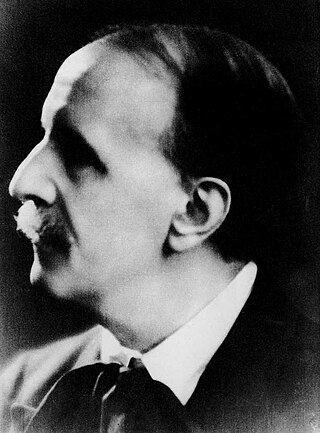
Louis Victor Jules Vierne was a French organist and composer. As the organist of Notre-Dame de Paris from 1900 until his death, he focused on organ music, including six organ symphonies and a Messe solennelle for choir and two organs. He toured Europe and the United States as a concert organist. His students included Nadia Boulanger and Maurice Duruflé.

Herbert Norman Howells was an English composer, organist, and teacher, most famous for his large output of Anglican church music.

Charles Wood was an Irish composer and teacher; his students included Ralph Vaughan Williams at Cambridge and Herbert Howells at the Royal College of Music. He is primarily remembered and performed as an Anglican church music composer, but he also wrote songs and chamber music, particularly for string quartet.

Sir John Goss was an English organist, composer and teacher.

The American Guild of Organists (AGO) is an international organization of academic, church, and concert organists in the US, headquartered in New York City with its administrative offices in the Interchurch Center. Founded as a professional educational association, it was chartered by the Board of Regents of the University of the State of New York in 1896, with the authority to grant certificates of associate or fellow to members who passed examinations.
(James) Frederick Stocken is a British classical composer, organist and musicologist.

Jonathan Battishill was an English composer, keyboard player, and concert tenor. He began his career as a composer writing theatre music but later devoted himself to working as an organist and composer for the Church of England. He is considered one of the outstanding 18th century English composers of church music and is best remembered today for his seven-part anthem Call to Remembrance, which has long survived in the repertoires of cathedral choirs.
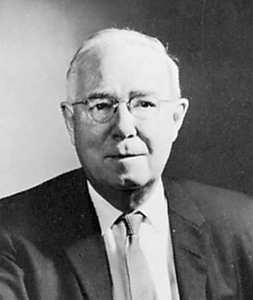
Leo Salkeld Sowerby was an American composer and church musician. He won the Pulitzer Prize for music in 1946 and was often called the “Dean of American church music” in the early to mid 20th century. His many students included Florence Price and Ned Rorem.
Edward Woodall Naylor was an English organist and composer.
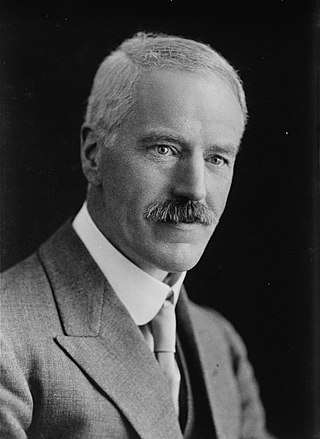
Sir Ivor Algernon Atkins was the choirmaster and organist at Worcester Cathedral from 1897 to 1950, and a friend of and collaborator with Edward Elgar. He is remembered for editing Allegri's Miserere with the famous top-C part for the treble. He is also well known for "The Three Kings", an arrangement of a song by Peter Cornelius. Atkins was also a composer of songs, church music, service settings and anthems.

Frederick Lewis Swann was an American church and concert organist, choral conductor, composer, and president of the American Guild of Organists. His extensive discography includes both solo organ works and choral ensembles he has conducted.

Hugh Blair was an English musician, composer and organist.
Francis John Dolben Pott is a British composer, pianist and academic.
Jeremy Daniell Filsell is an English pianist, organist and composer who currently serves as director of music at Saint Thomas Church, New York City.
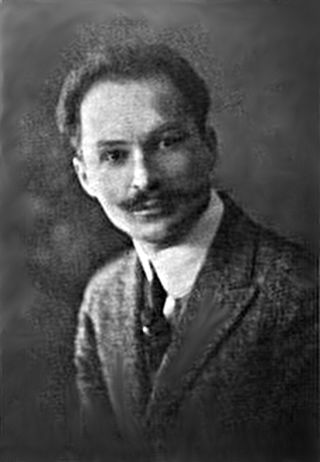
Pietro Alessandro Yon was an Italian-born organist and composer who made his career in the United States.
Walter Louis MacNutt was a Canadian organist, choir director, and composer. His compositional output includes numerous choral works, songs, pieces for solo organ, and works for orchestra, many of which have been published by companies like Broadcast Music Incorporated, Frederick Harris Music, the Waterloo Music Company, and the Western Music Company. In 1938 his Suite for Piano was awarded the first Vogt Society prize for Canadian composition. One of his more popular works, the secular song Take Me to a Green Isle, is taken from a poem by H.E. Foster. He also composed many songs to the poems of William Blake. In his later years, he composed music mainly for the Anglican church, include two Missae breves and the Mass of St James (1974).
Norman Cocker was a British organist, choir master and composer of church music, educational and light music.
Nicholas O'Neill is an English composer, arranger, organist and choral director.
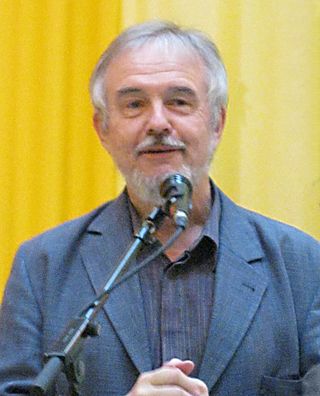
Peter Planyavsky is an Austrian organist and composer. He attended the Schottengymnasium. After graduating from the Vienna Academy of Music in 1966 he spent a year in an organ workshop, and has been instrumental in organ-building projects, notably the construction of the Rieger organ in the Great Hall of the Wiener Musikverein. In 1968 he was appointed organist in the Upper Austrian Stift Schlägl, and the following year organist at Vienna's St. Stephen's Cathedral. From 1983 until 1990 Planyavsky was their director of music, with overall responsibility for church music at the cathedral.
Frederick Thomas Durrant, typically known as F.T. Durrant, was an organist, musical academic and composer, long resident in Harrow.
References
- ↑ "Clergy & Staff". Grosse Pointe Memorial Church. Retrieved 2020-10-16.
- ↑ "James Biery's Biography". Archived from the original on February 23, 2007. Retrieved February 7, 2007.
- ↑ "James Biery's Choral Works" . Retrieved February 8, 2007.